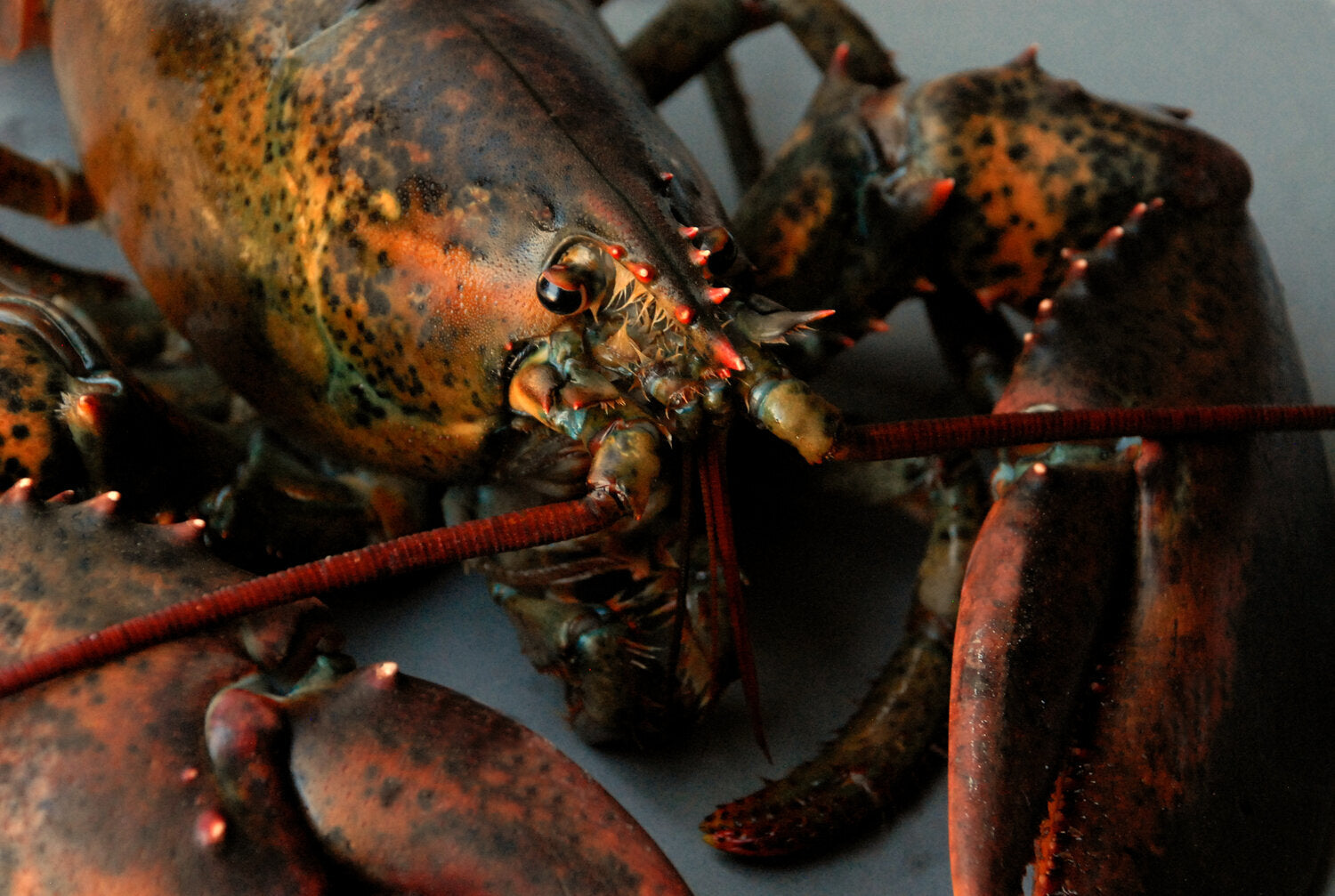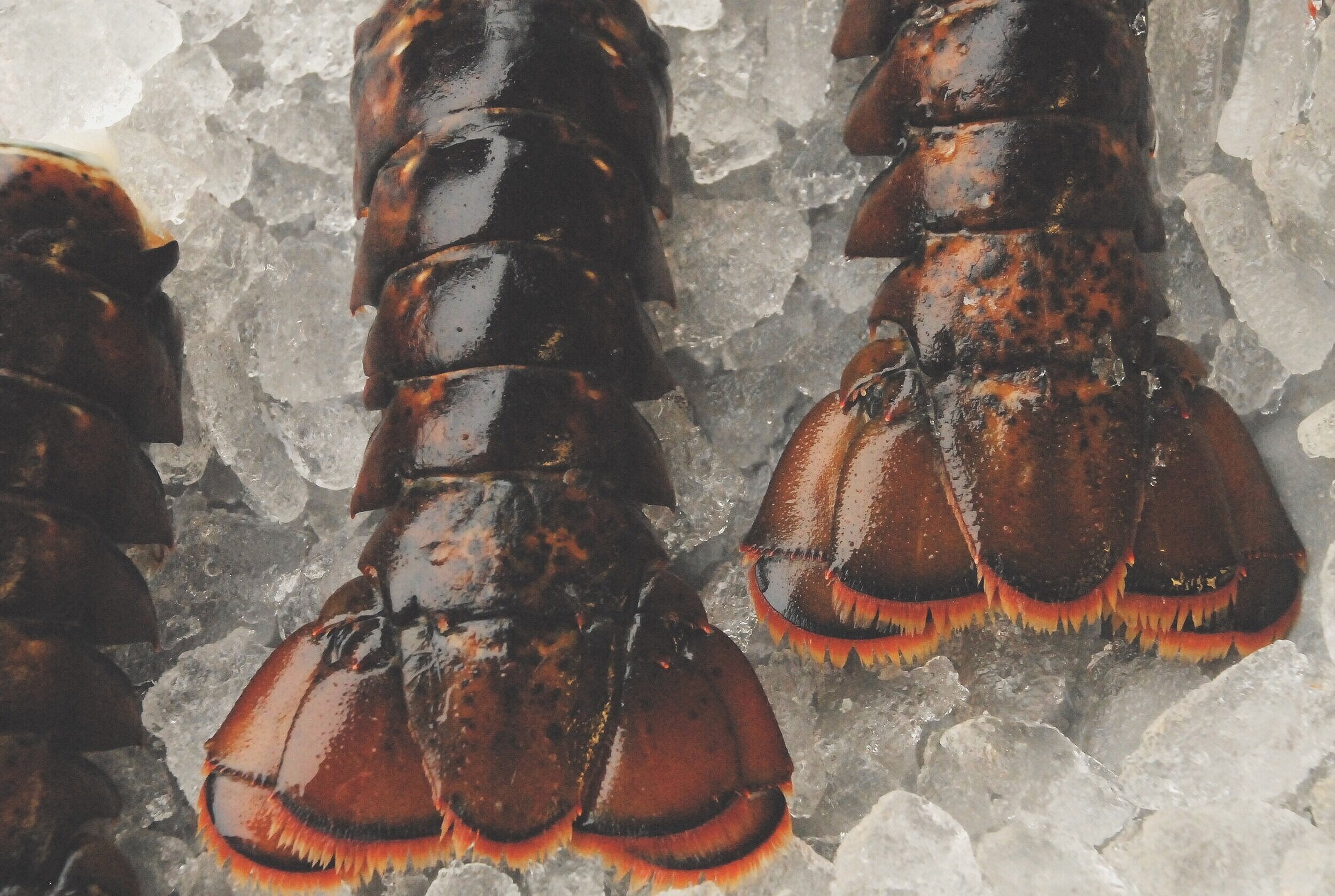FAQ's
Welcome to Intershell's FAQ! We've compiled answers to common questions about our products, ordering, shipping, and more.
If you don't find what you're looking for here, please don't hesitate to contact us directly.
Your cart is empty :(
Continue shoppingYour cart
Taxes, Discounts and shipping calculated at checkout.Shipping Calculator, Substitution Notice, Date of Arrival
Delivery Information
Sometimes a certain size ordered or an item may be out of stock by your requested delivery date due to outside factors that aren't within our control (weather, product availability, quota limitations, etc.) – this applies to Fresh/Live Seafood Items. To receive the best service, please let us know one or more of the following:
Estimated total:
$0.00 USD
Is this a gift?
Leave a Note! (Optional)

Welcome to Intershell's FAQ! We've compiled answers to common questions about our products, ordering, shipping, and more.
If you don't find what you're looking for here, please don't hesitate to contact us directly.



Read more about our 1 Day Shipping & 2 Day Shipping policies.

Here is a detailed breakdown of our shipping policy, specifically for our fresh seafood orders.

For a cost-effective option, our frozen seafood items qualify for our 2-day shipping rate.

